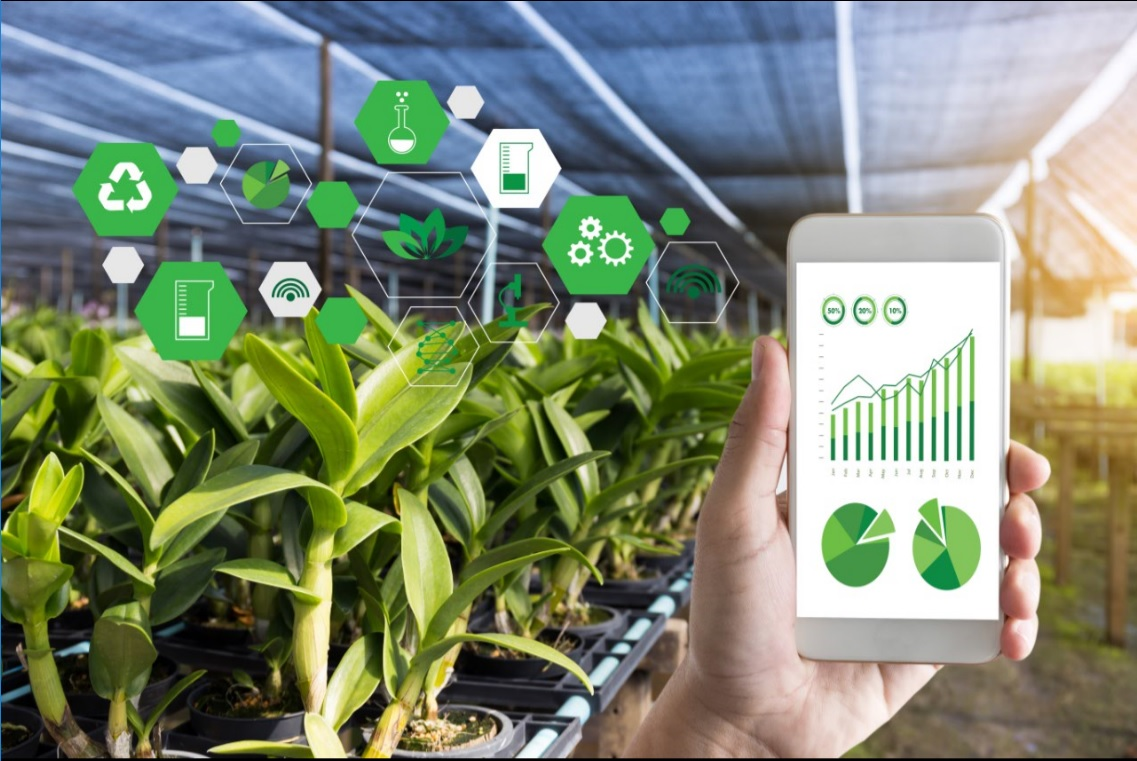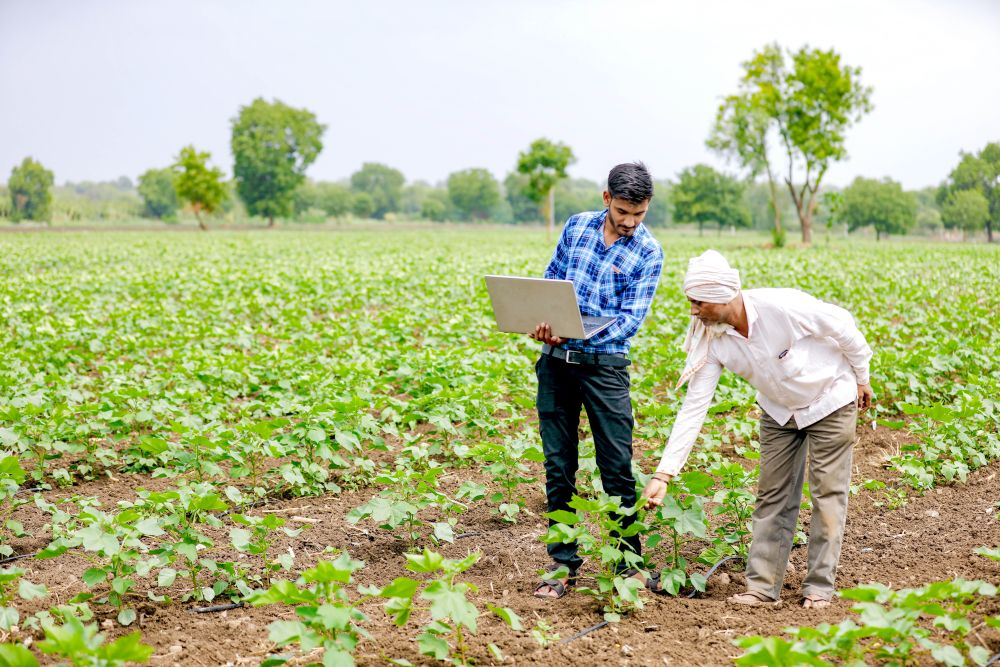Agriculture has long been a cornerstone of Guyana's economy, contributing significantly to GDP and employment. However, traditional farming methods face challenges, such as climate change, pest infestations, and resource inefficiencies. Smart agriculture, driven by technologies like IoT, AI, and drones, offers innovative solutions to these problems, transforming the sector into one of resilience and efficiency.

How Smart Agriculture Works
Smart agriculture involves integrating advanced technologies into farming practices to optimize yields while reducing costs and environmental impact. In Guyana, IoT-enabled devices such as soil sensors can monitor moisture levels and nutrient content in real-time, ensuring precise irrigation and fertilization. Drones equipped with cameras and AI software can survey vast plantations, identifying pest infestations and crop health issues faster than manual methods.
Another critical innovation is automated farm machinery. AI-powered harvesters and seeders reduce labor dependency and improve accuracy. Similarly, blockchain technology can be used to enhance transparency in the supply chain, giving both farmers and consumers confidence in the origin and quality of produce.
Benefits for Guyana
For a nation like Guyana, where rice, sugarcane, and other crops dominate agriculture, these technologies can drastically improve productivity. Farmers can use predictive analytics to anticipate weather patterns and optimize planting schedules. This is especially crucial given the increasing unpredictability of weather caused by climate change.
Smart agriculture also supports sustainability. Precision farming minimizes water and fertilizer use, reducing environmental degradation. In a region where resources are often overexploited, this is vital for long-term ecological health.
Challenges in Adoption
Despite its promise, smart agriculture faces significant barriers in Guyana. Many farmers lack access to the financial resources needed to invest in modern equipment. Furthermore, digital literacy remains a challenge in rural areas, limiting the ability to implement and manage new technologies.
Infrastructure is another bottleneck. Limited internet connectivity in remote regions can hinder the deployment of IoT systems. Additionally, there is a need for government policies that incentivize technology adoption, such as subsidies or tax breaks.
Future Outlook
For smart agriculture to take root, stakeholders must collaborate. Government initiatives can subsidize technology for small farmers, while private companies can provide training programs to build digital skills. Research institutions can also play a role by developing technologies tailored to Guyana’s unique agricultural needs.

Smart agriculture has the potential to position Guyana as a leader in sustainable farming. By embracing innovation, the country can secure food security, protect the environment, and improve the livelihoods of its farming communities.